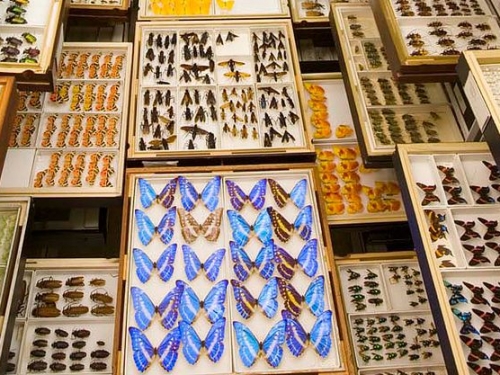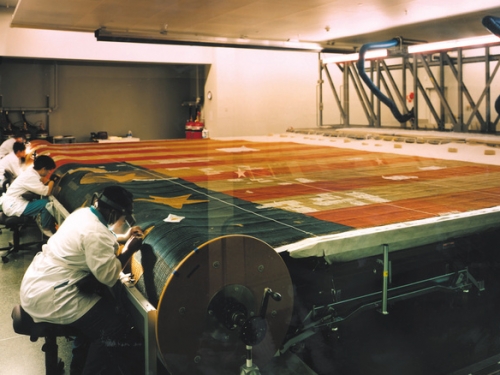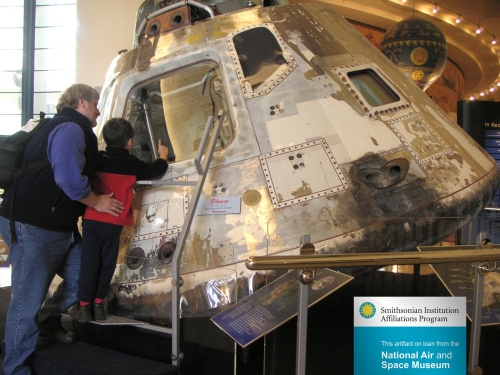National Collections
The National Collections are central to the Smithsonian’s research, exhibitions, and education. They are a vital resource, accessed by millions of visitors and researchers exploring subjects from aeronautics to zoology. The National Collections have a significant role in addressing current scientific and societal issues. Collections acquired a century or more ago are used today to address climate change, the spread of invasive species, the loss of biological and cultural diversity, and other pressing contemporary challenges. Smithsonian collections also help to define our national identity by documenting the history, diversity, and cultures of the United States. Digitizing the collections makes access to them possible anywhere, anytime for research, education, creativity, and enjoyment.
Collections Holdings Collections Digitization Collections Care Collections Loans

Smithsonian collections present an astonishing record of American and international artistic, historical, cultural, and scientific achievement. Representing a diverse range of materials and disciplines, the collections include works of art, historical artifacts, natural and physical science specimens, living animals and plants, images, archives, libraries, audio and visual media, and digital assets. In terms of sheer numbers, Smithsonian collections have a scope and depth that no other institution in the world can match. Visit our collections page for more information.

The extent to which the Smithsonian has digitized its collections is a measure of both public access and good collections management. Digitization involves creation or enhancement of a digital record and of digital images or other digital surrogates such as 3D data, audio, or video. The Smithsonian’s goal is to have all National Collections described by digital records and a prioritized subset represented by digital images or other digital surrogates. Digital assets are available online at the Collections Search Center and other Smithsonian websites including Smithsonian Open Access, where users can find millions of images freely available to download, share, and reuse. To learn more, visit the Digitization Program Office.

Collections stewardship—the development, documentation, management, preservation, and use of collections—is not a single process or procedure. Collections care, storage, and digitization represent a continuum of activities that directly affect the Smithsonian’s ability to make collections available to scholars and the public worldwide. Meeting established standards and sound management practices for the care of collections is measured by the state of object preservation, condition of facilities housing collections, quality of storage equipment, and ease of locating and retrieving collections. The headline numbers above indicate the percentage of collections meeting or exceeding established standards in each of these areas.

Lending and borrowing collection items for public exhibition, research, and education is an integral part of the Smithsonian’s mission. Loans between Smithsonian collecting units, as well as loans to and from other educational and scientific organizations are fundamental to the Institution’s programs. The number of Smithsonian collections on loan to other organizations is a measure of public outreach.
ODT/OCIO
